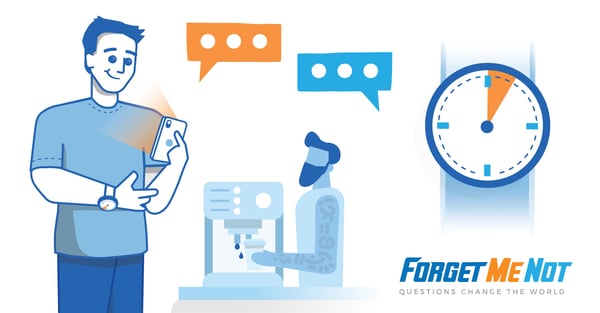Picture this: you invest thousands of dollars in staff training and development. You hope what staff learn is retained and applied. But how do you know if the content sticks? And can you really rely on an eLearning quiz to measure retention?
This blog explores:
-
Why knowledge retention is a competitive advantage
-
Making knowledge stick
-
Three techniques to improve knowledge retention
Why knowledge retention is A Competitive Advantage
Knowledge retention isn’t just some L&D buzzword. It is a critical competitive advantage when employees have the know how to do their job to an exceptional standard of performance. When staff retain critical knowledge, job tasks and behaviours are second nature — which is really the true goal of any learning and development.
Benefits of knowledge retention
The most obvious benefit is that improved retention means enhanced on the job performance. Other benefits include:
-
Higher employee engagement
It helps build job satisfaction and career progression. Higher employee engagement means less employee turnover because people have the critical job role knowledge to perform confidently and competently at work. -
Happy customers
Knowledge retention also means happier customers because your people have a deeper understanding of how your products or services work to make customers' lives better. -
Saves time
Knowledge retention saves managers time handling issues and complaints because staff understand their roles inside and out. They can confidently solve problems and are empowered to make decisions. For example, how to deescalate an angry customer, empathise with customers, quickly troubleshoot, and resolve customer issues.
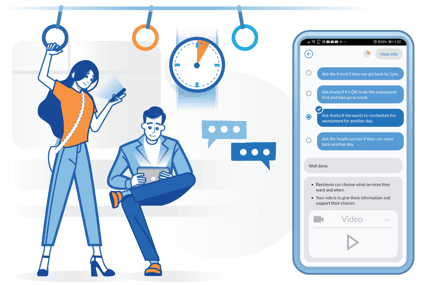
Making Knowledge Stick
Knowledge retention is the ability to transfer know how from one’s head to different situations at work. Us humans are forgetting machines. We are not wired to retain knowledge after just reading or learning something once. Committing new knowledge to memory requires repetition and retrieval practice. Practice activities create neural pathways in the brain supporting us to continuously retrieve newly acquired knowledge.
If you really want to measure knowledge retention, follow these 3 steps:
- Start by designing multiple practice activities around relevant and realistic workplace contexts.
- Deliver those practice activities as microlearning format in the days and weeks after classroom training or an online learning event.
- Observe how your staff master knowledge using powerful and insightful analytics.
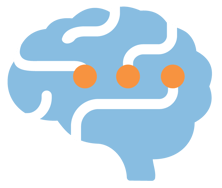 Three techniques to improve knowledge retention
Three techniques to improve knowledge retention
The good news is there are certain techniques that can be applied to the learning process to assist in knowledge retention. Let us have a look at some knowledge retention techniques L&D professionals can use.
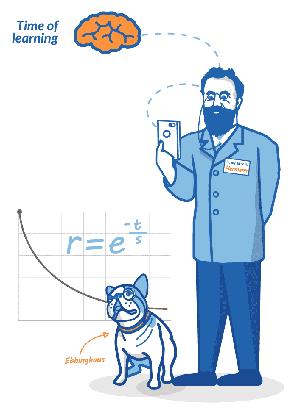 1. Adopt microlearning
1. Adopt microlearning
Did you know that after seven days, we forget 90% of what we've learnt!? This is known as the Forgetting Curve which was developed by Hermann Ebbinghaus based on experiments with his own memory, suggesting that as soon as the learning event is completed, participants will start forgetting the material.
Microlearning is an effective way of supporting staff retain critical job role knowledge. With our ever-shrinking attention spans, microlearning provides an interactive solution to the Forgetting Curve.
Staff with busy schedules have a few minutes a day to learn. Microlearning solves this problem because it is bite sized and accessible. It is also a great way to keep critical job role knowledge front of mind.
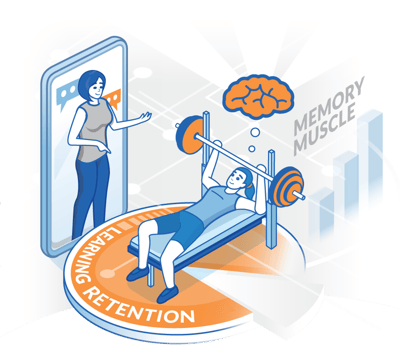 2. Use spacing and testing
2. Use spacing and testing
Spacing is the idea of reinforcing training content over time instead of all at once. Think of this as building muscle or toning the body through regular, repeated exercise over weeks and months.
Similarly, knowledge retention is achieved through continual practice — and Forget Me Not provides this continual practice. It supports frequency and consistency — instead of one-off intense training sessions.
Forget Me Not is designed to help staff retain knowledge using questions served up on their mobile in the form of a chat.
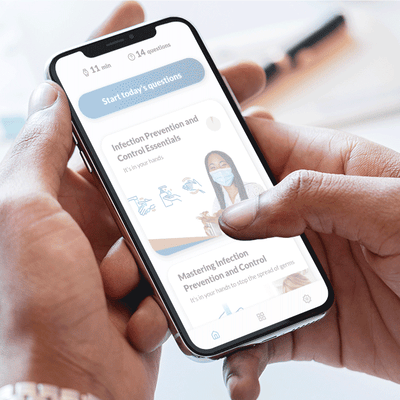
3. Make learning mobile
Did you know the average person checks their phone 150 times a day? Our phones are never far away from our sights. We use our mobiles to work, communicate — and now, learn.
Making mobile learning part of everyday life has never been easier. The ease of access will enable knowledge retention due to repeated views.
Putting spaced learning on a smartphone makes it easier and increases accessibility, especially for people working on the frontline.
Forget Me Not uses microlearning, a technique that breaks down job role knowledge into topical, bite-sized chunks that is easier for employees and better for business.
Get in touch for a demo to see how easy it is to embed knowledge into your organisation.
